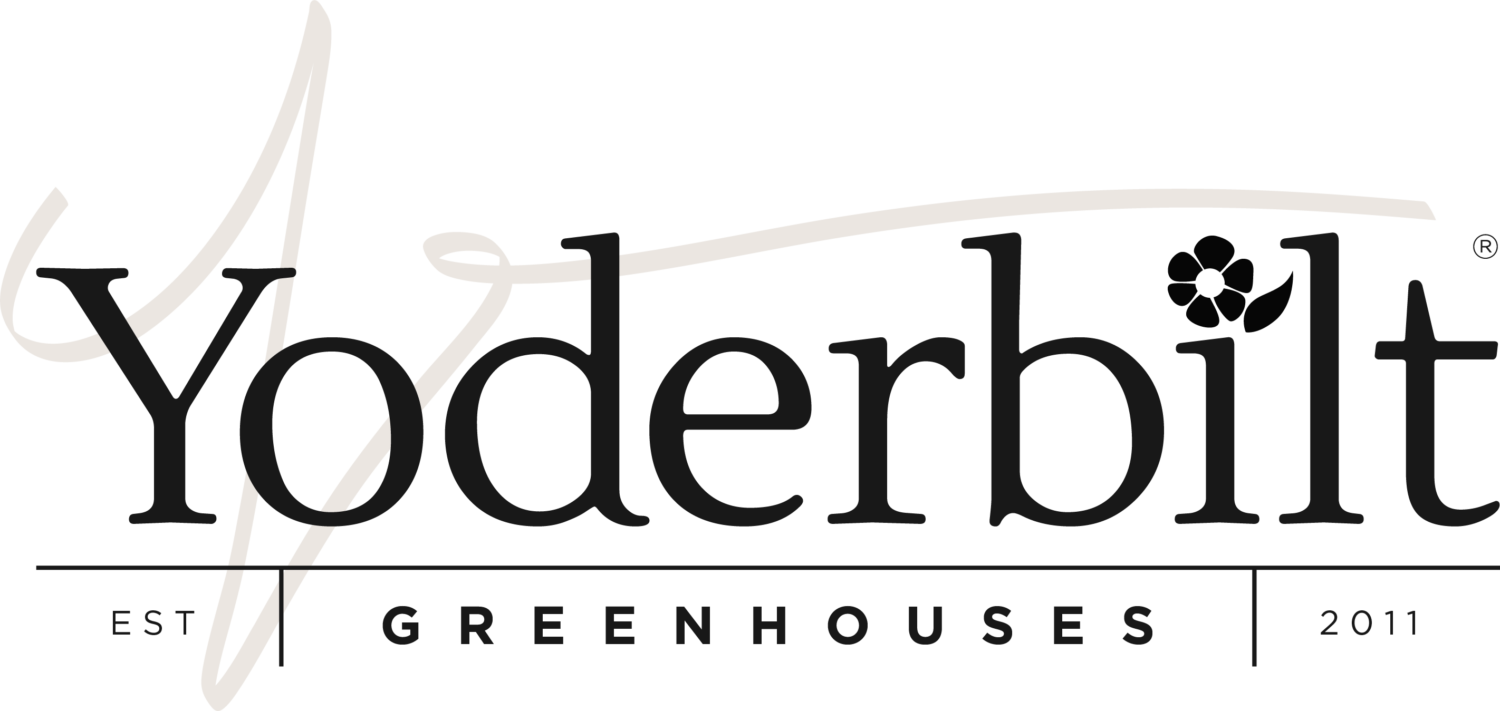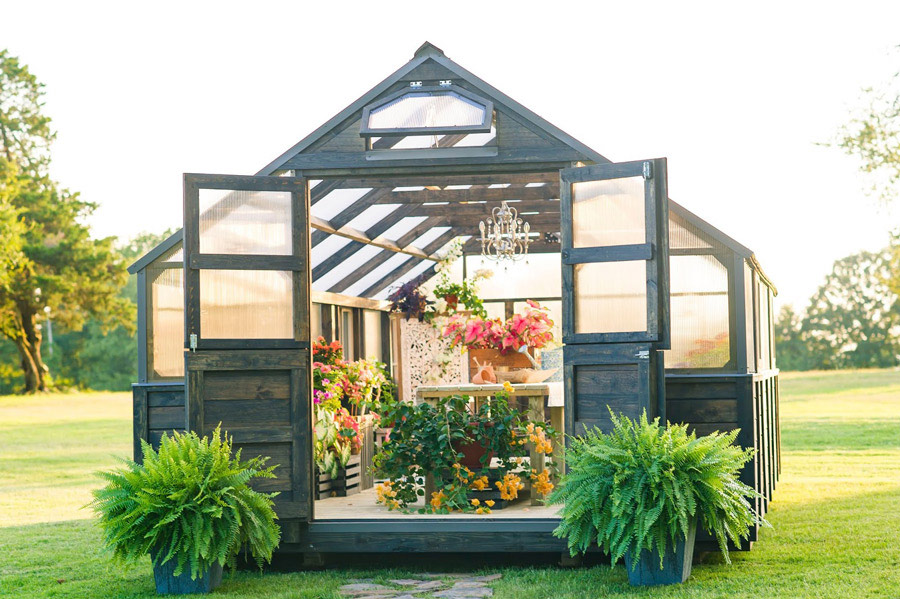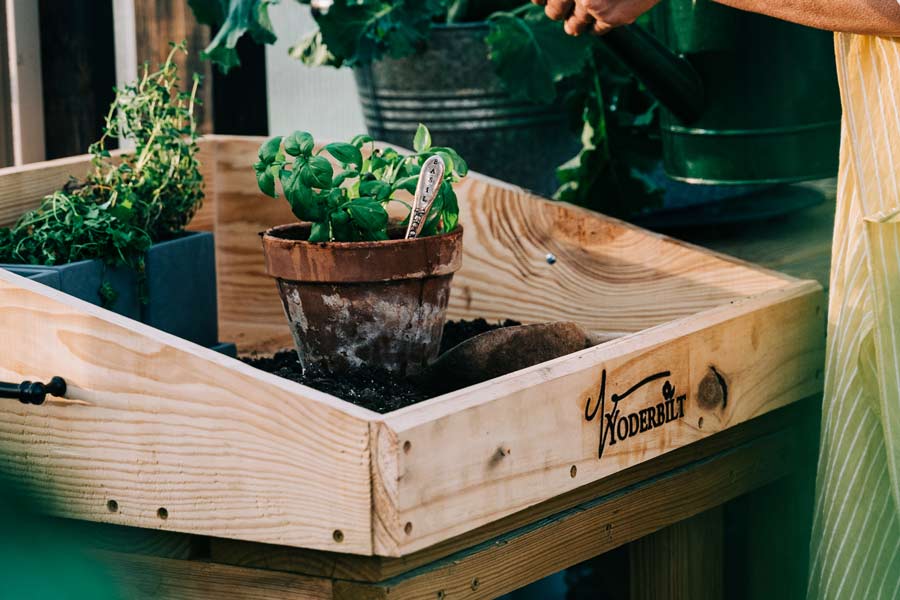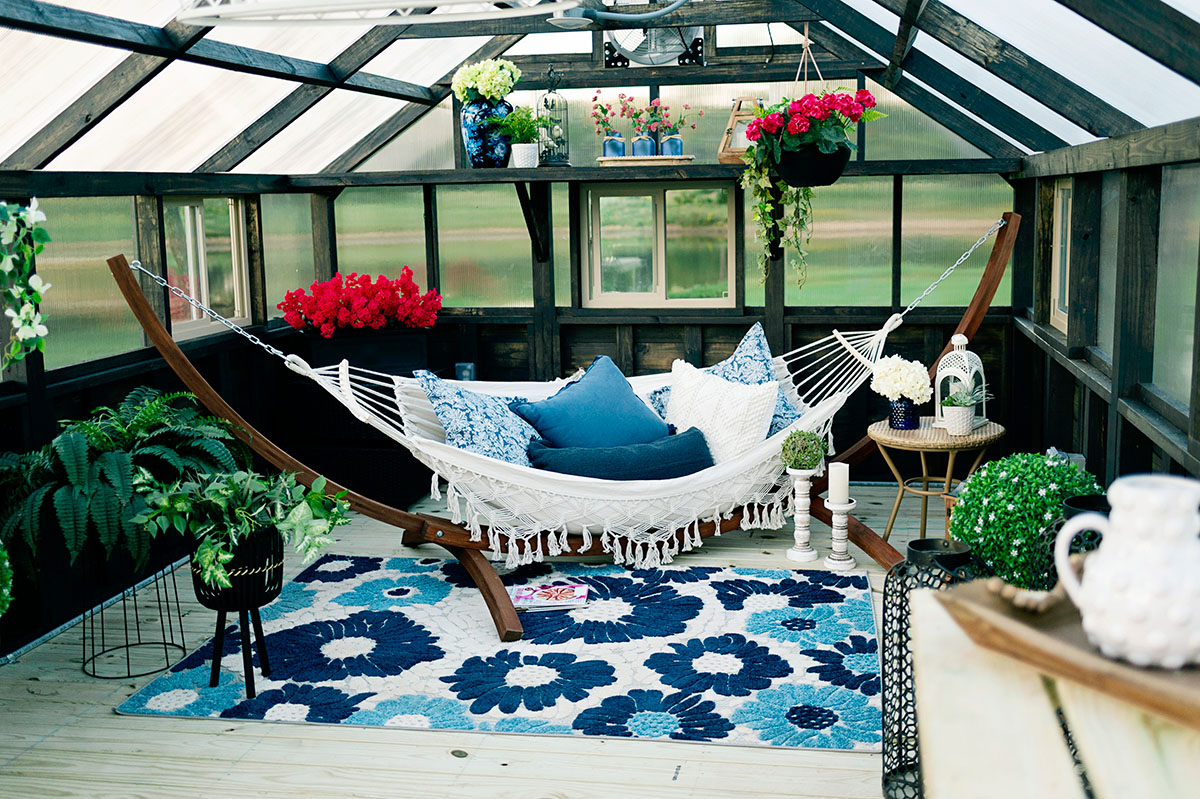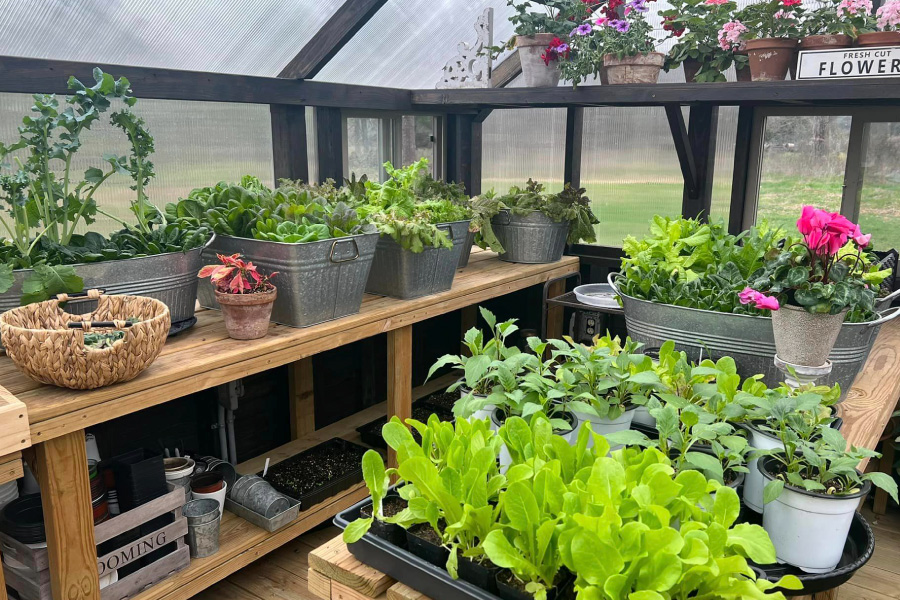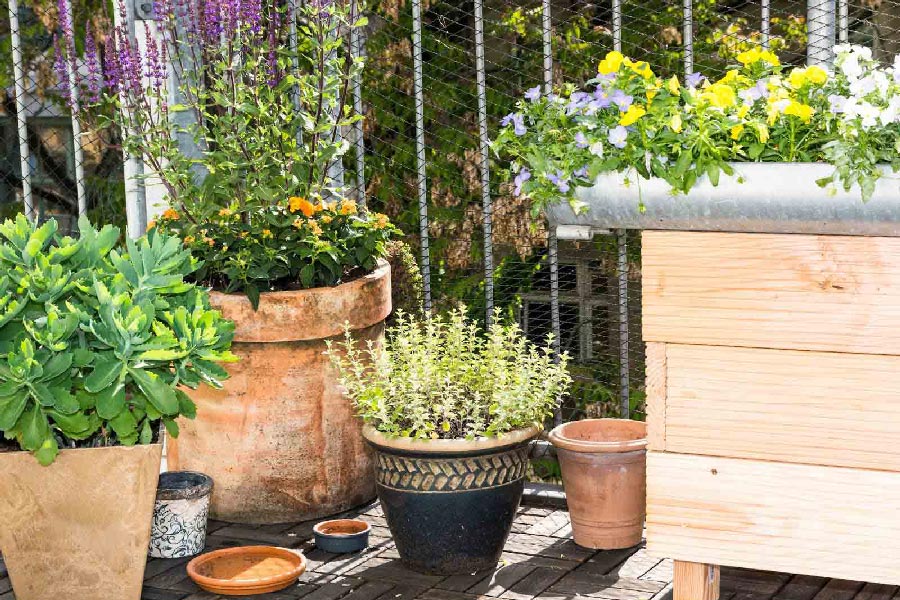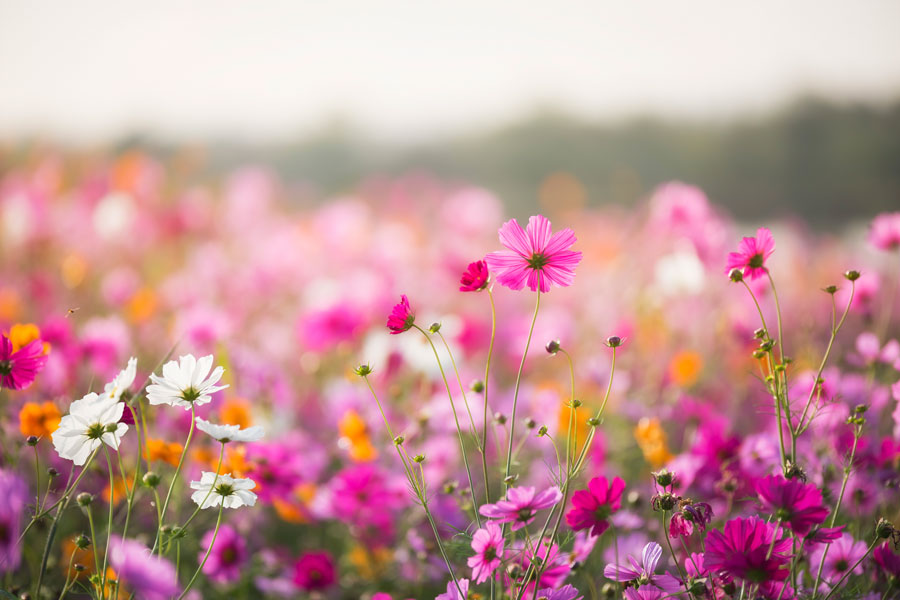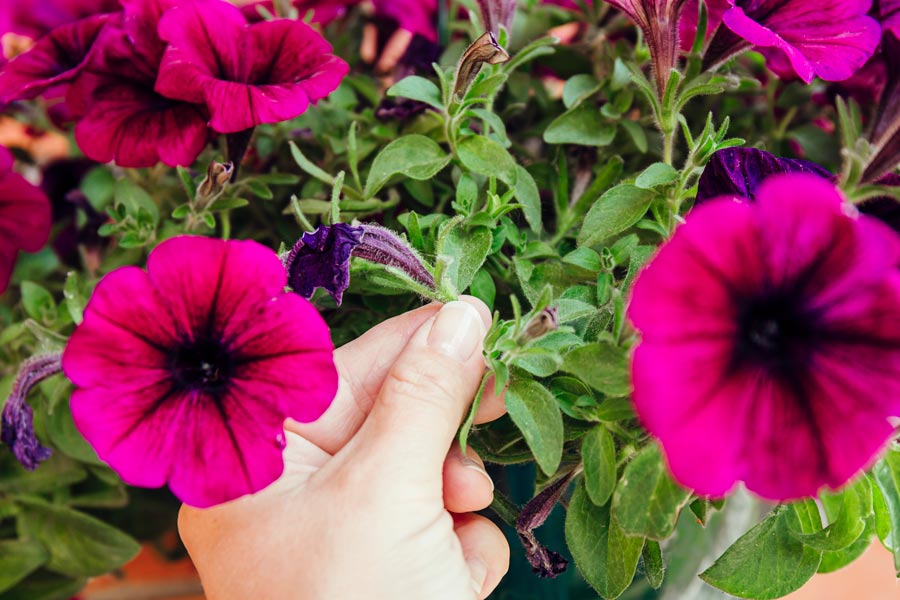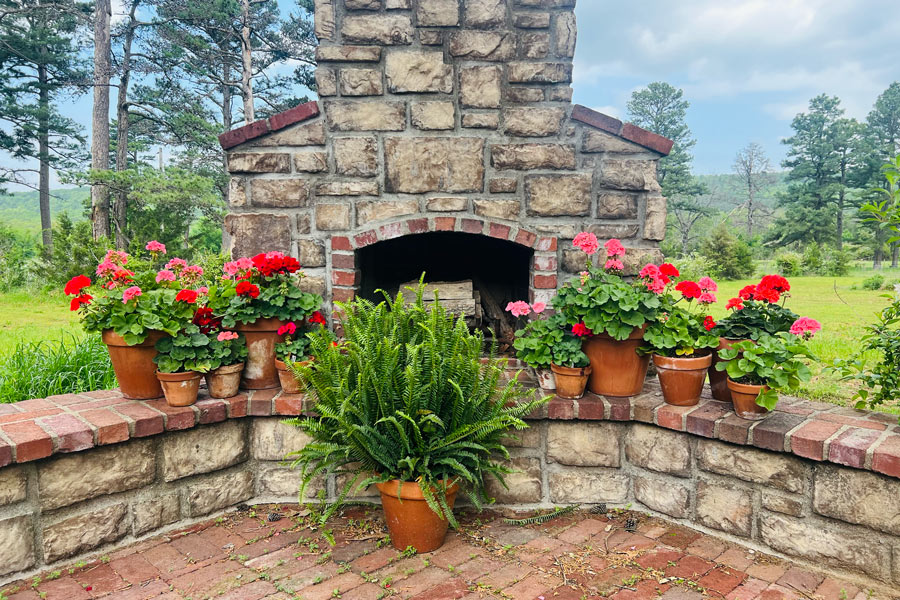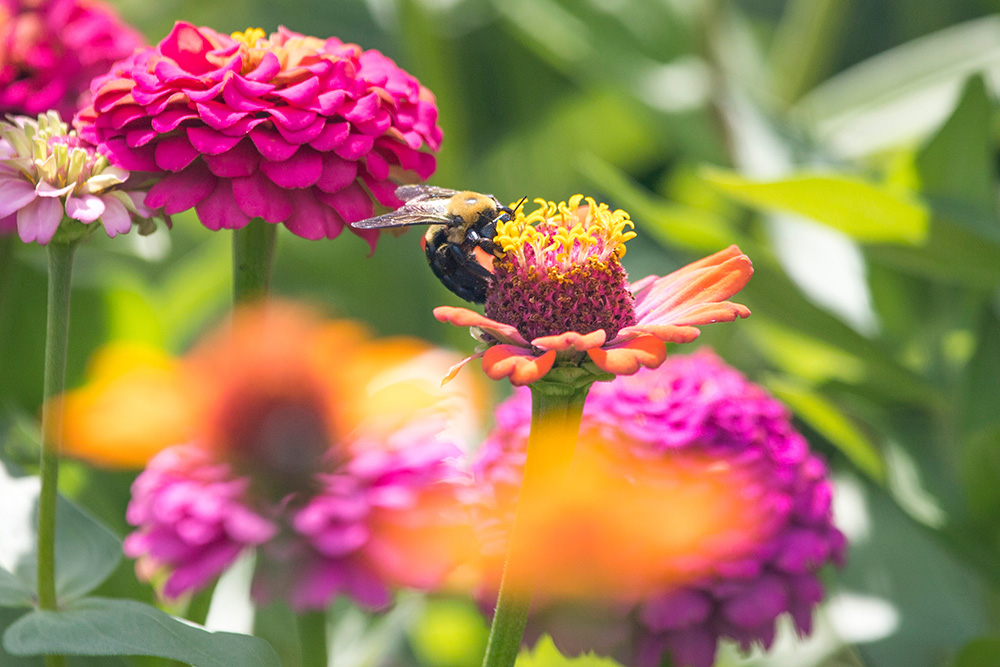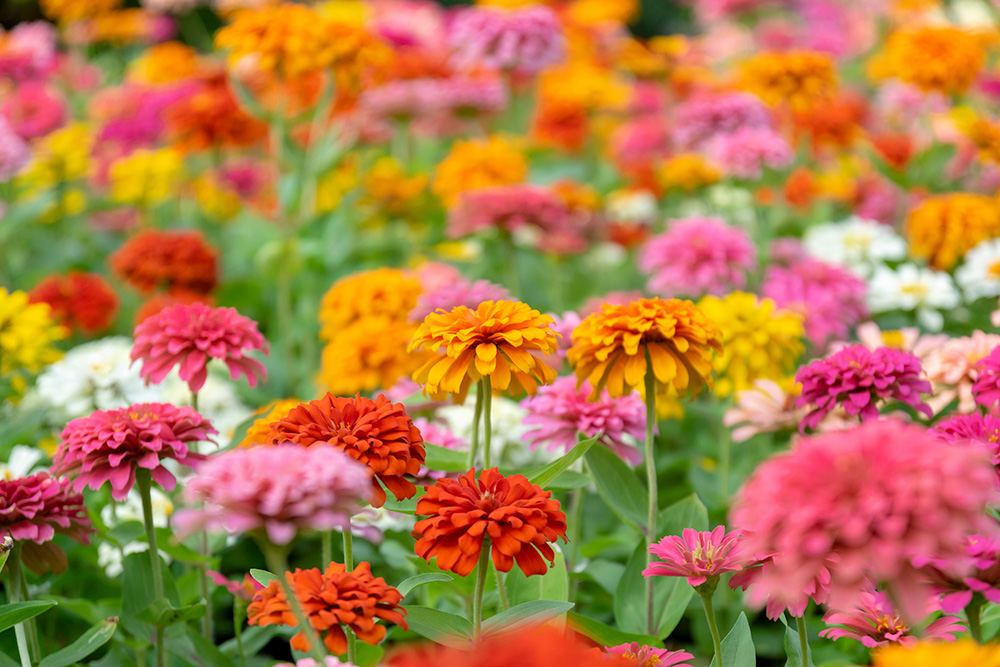Beginning a Garden – Container Gardening
Although the trend has been moving toward raised beds, and there will always be the traditional in-ground garden—container gardening is the unsung hero of gardening. If you haven't tried container gardening, now is your chance!
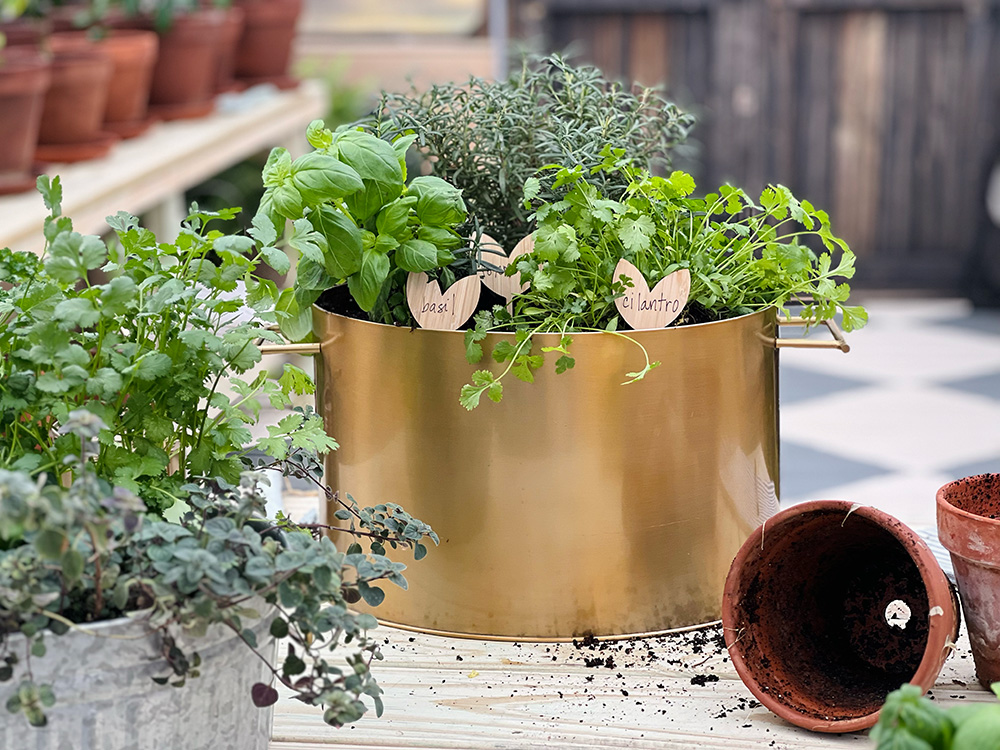
There are so many benefits to container gardening. Even with the minor difficulties, it's nothing that should cause you to shy away from it. Various vegetables and fruits thrive in pots and smaller garden spaces, and a container allows for quick and easy garden set-ups that can yield an abundant harvest with minimal effort.
If you are limited on outdoor space, this gardening method is definitely something you should consider. Not only because of the easy set-ups, but also because of the convenience of having fresh vegetables and fruit right outside your front or back door. Plus, there is no need to prepare a garden bed or build raised containers. And with easy access for harvesting and watering, easy relocation, and no weeding, it makes for a positive gardening experience!
Whether you term it an urban garden, a patio, or a porch garden - if you are limited by space, this is a perfect alternative to try! It is well worth the effort and is an enjoyable space to visit daily.
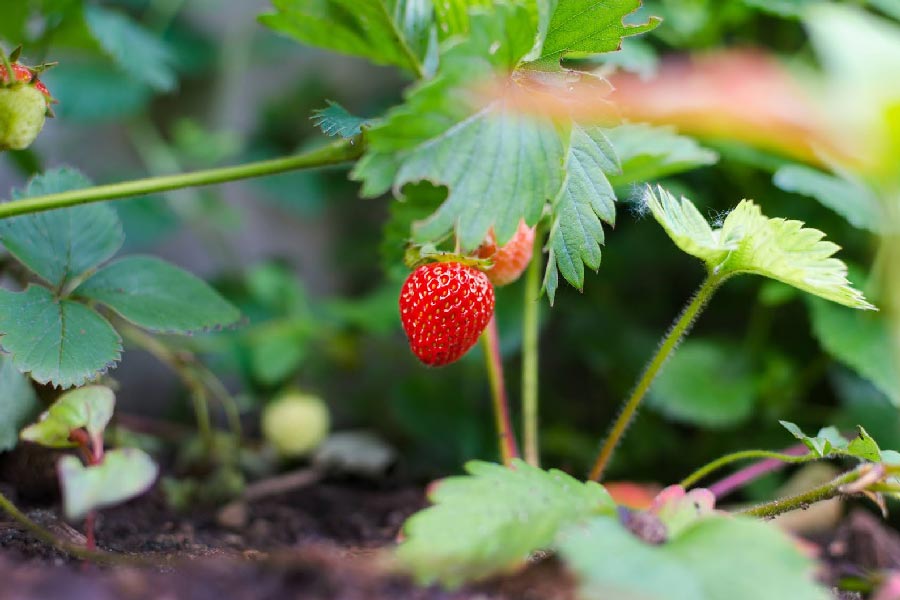
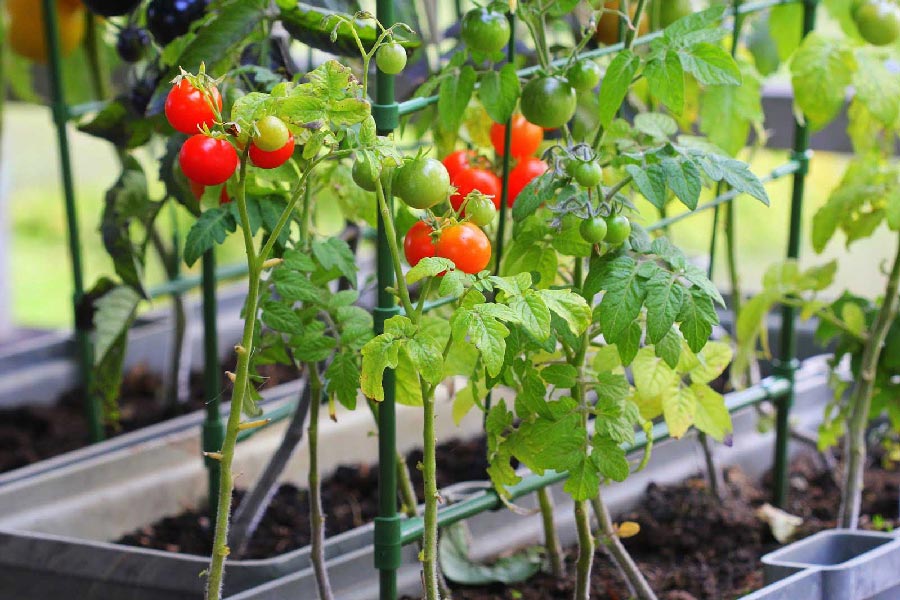
Here are a few things to consider before you start your container garden:
- Choose a location that, like other garden options, will receive at least 6-8 hours of full sun daily.
- Collect your containers. You can use some you that have on hand, purchase to match the aesthetics of your patio or porch, collect them from friends and family, or even collect containers that may not necessarily be intended as a garden pot, but would work just as well.
- Make sure your containers have holes in the bottom to allow for proper drainage. If they don't, drill or puncture some.
- Use an excellent purchased potting soil or mix one of your own. It needs to be a lightweight, high-quality mix.
- Containers require watering more often. Check the soil moisture every day as they usually require at least daily watering; however, on days with higher temperatures, they may need watering in the morning and evening to keep the plants well hydrated.
- Fertilization can assist in your harvest in a big way. Often a soil-released fertilizer works perfectly. Mulch can also be added to aid in moisture retention.
- Select vegetables and fruits that thrive in a smaller space, such as strawberries, peppers, tomatoes, lettuce, swiss chard, kale, herbs that thrive but aren't too big such as melons.
